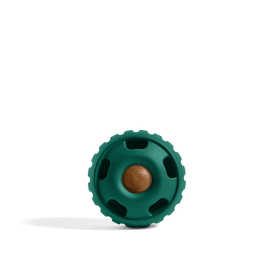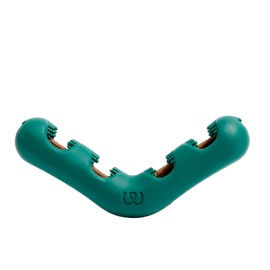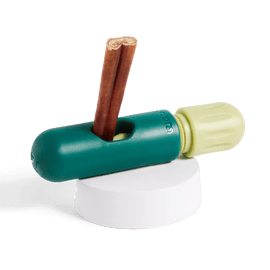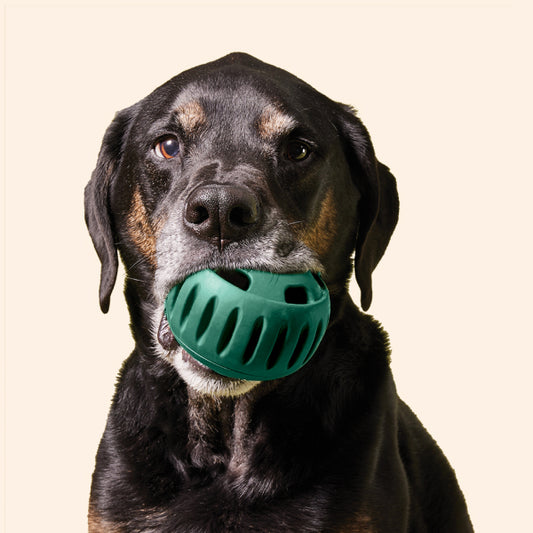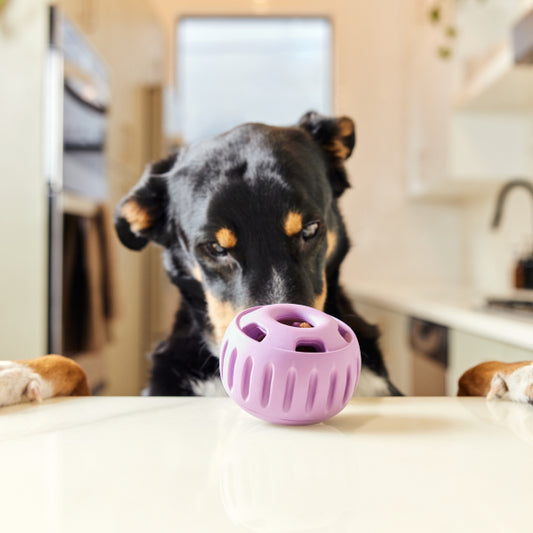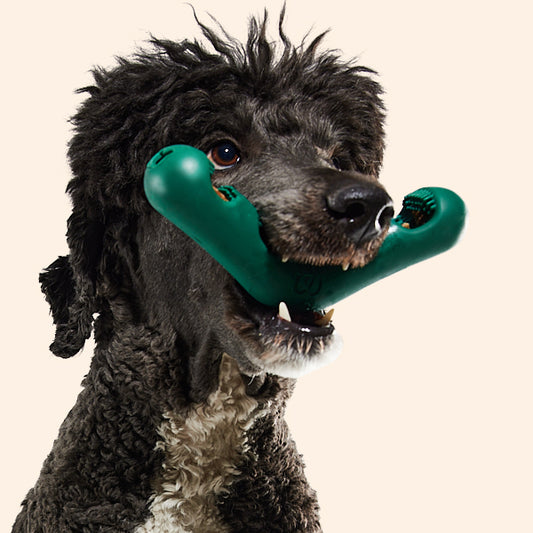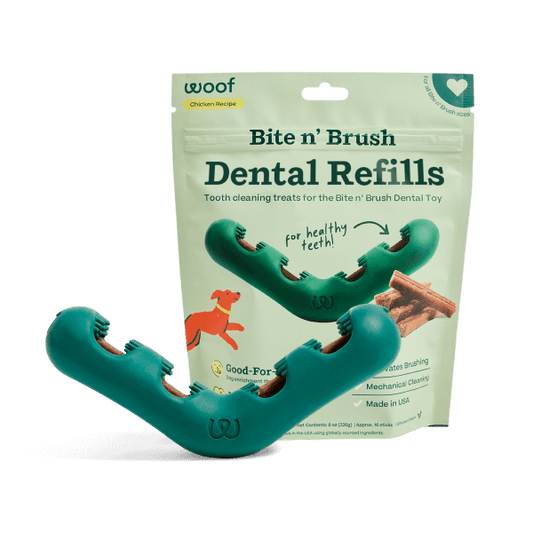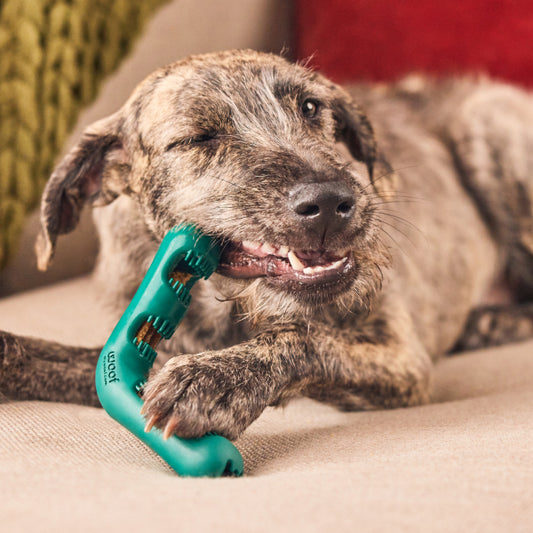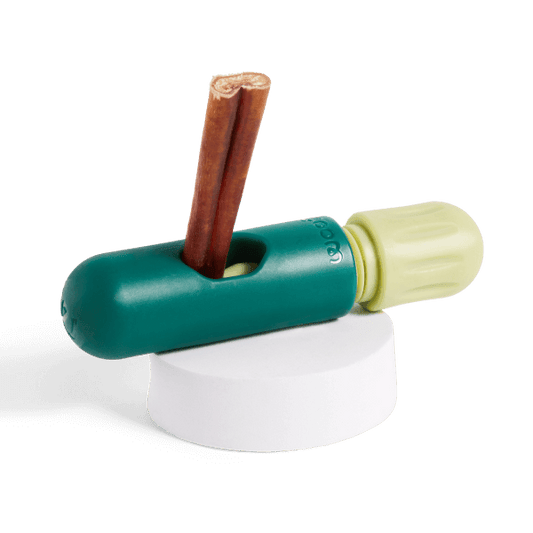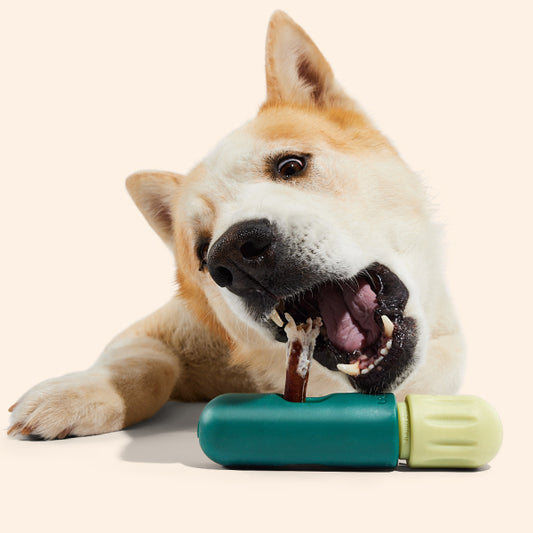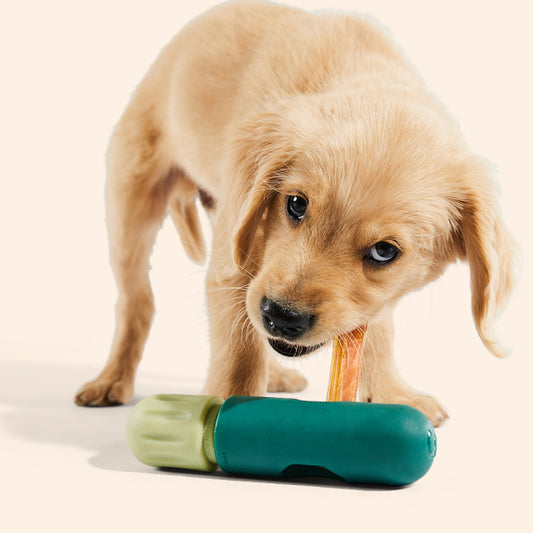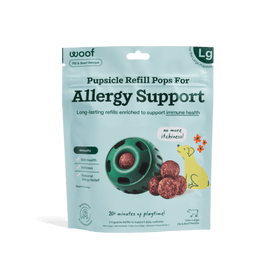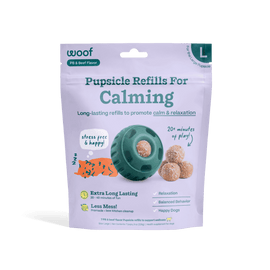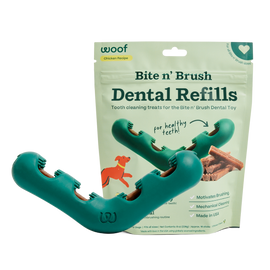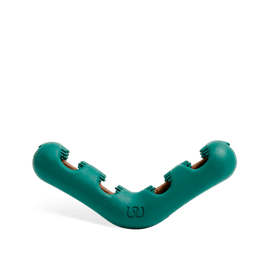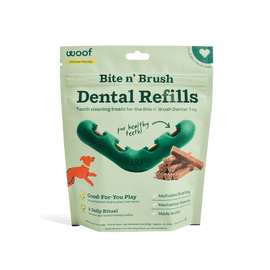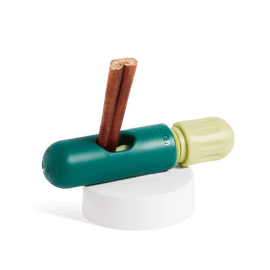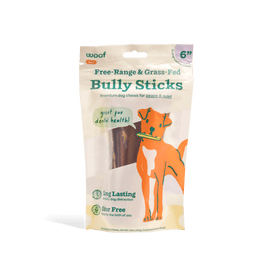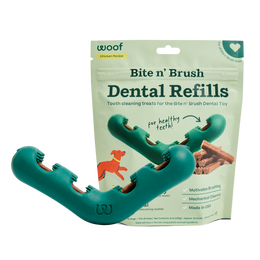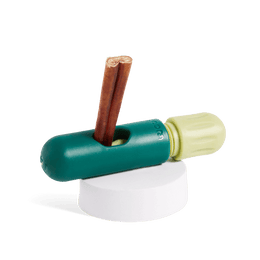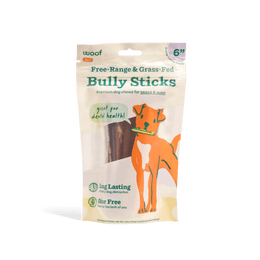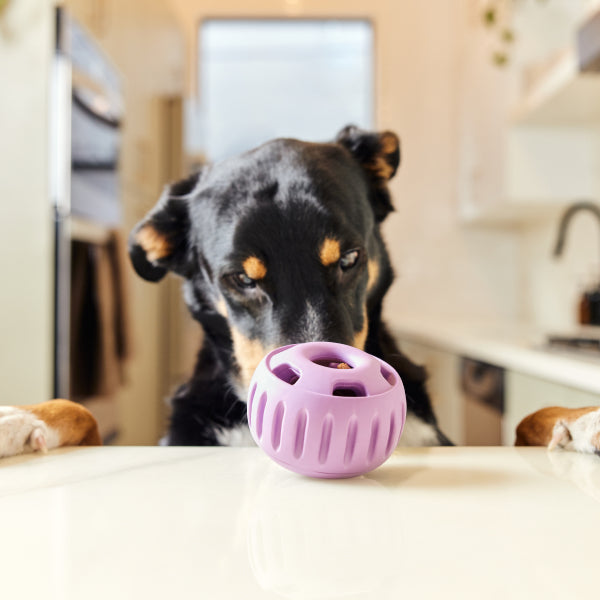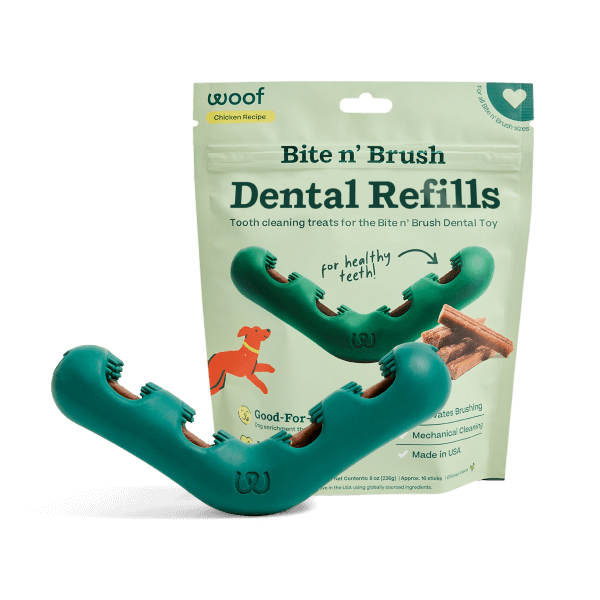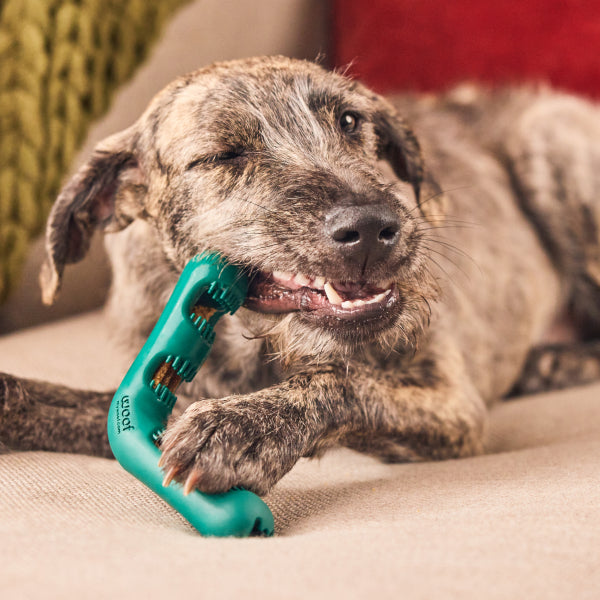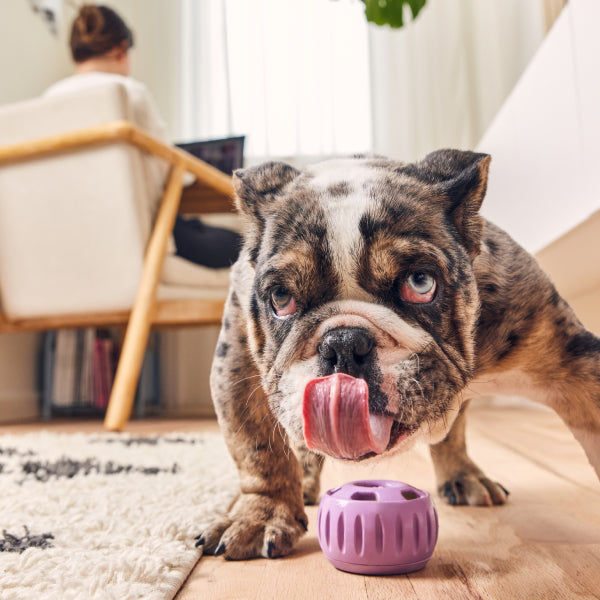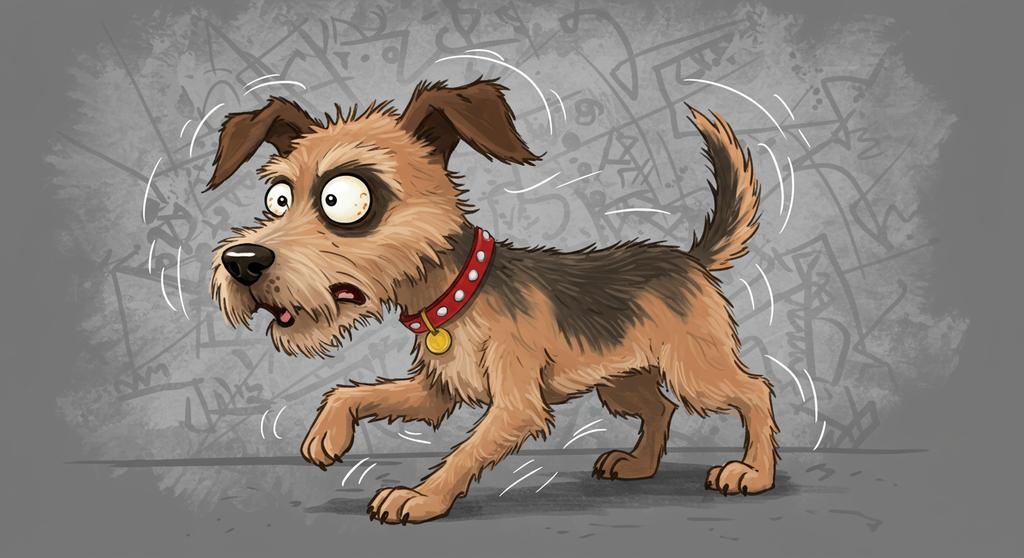
As devoted dog owners, we cherish the joyful tail wags and playful antics of our canine companions. However, just like humans, dogs can experience stress, which may not always be immediately apparent. Recognizing the subtle signs of stress in your dog is crucial for maintaining their well-being and happiness. Let's delve into the common indicators of canine stress and explore effective strategies to help your furry friend feel more at ease.
Common Signs of Stress in Dogs
Dogs express stress through various behaviors and physical cues. Being attentive to these signs can help you address potential issues promptly:
- Pacing or Shaking: If your dog is pacing around the room or shaking off as if wet, it could be a sign of nervousness.
- Whining or Barking: Excessive vocalizations, especially in situations that don't typically provoke such reactions, may indicate stress.
- Yawning, Drooling, or Licking: While these behaviors are normal, increased frequency can be a sign of anxiety.
- Changes in Eyes and Ears: Dilated pupils, rapid blinking, or ears pinned back against the head are common stress signals.
- Altered Body Posture: A tucked tail, cowering, or lowered body posture can indicate discomfort.
- Shedding: Dogs may shed more when they are nervous, especially during vet visits or unfamiliar situations.
- Panting: Panting without physical exertion can be a sign of stress.
- Changes in Bodily Functions: Stress can lead to digestive issues like diarrhea or constipation.
- Avoidance or Displacement Behaviors: Turning away, hiding, or engaging in behaviors like excessive sniffing or scratching can be coping mechanisms.
Understanding the Causes of Stress
Identifying the root causes of your dog's stress is essential for effective intervention. Common stressors include:
- Environmental Changes: Moving to a new home, loud noises like fireworks, or changes in routine can be unsettling.
- Social Stressors: Unfamiliar people or animals, overcrowding, or separation from family members can cause anxiety.
- Physical Discomfort: Illness, injury, or lack of exercise can contribute to stress.
How to Help Your Stressed Dog
Once you've recognized signs of stress, consider the following strategies to help your dog relax:
- Create a Safe Space: Provide a quiet, comfortable area where your dog can retreat when feeling overwhelmed.
- Maintain a Consistent Routine: Regular feeding, exercise, and playtimes can provide a sense of security.
- Engage in Calming Activities: Gentle petting, massage, or interactive play can help alleviate stress.
- Use Calming Aids: Products like the Calming Wellness Pops can promote relaxation.
- Positive Reinforcement Training: Rewarding calm behavior can encourage your dog to remain relaxed in stressful situations.
- Consult a Professional: If stress behaviors persist, seek advice from a veterinarian or a certified animal behaviorist.
Woof Products to Support Your Dog's Well-being
At Woof, we offer a range of products designed to enhance your dog's health and happiness:
- The Pupsicle: A fun, interactive toy that provides mental stimulation and can help distract from stressors.
- Pupsicle Treat Tray: Perfect for creating engaging treat experiences that can soothe and entertain your dog.
- Calming Wellness Pops: Specially formulated to promote relaxation during stressful times.
- All-in-1 Chews: Support overall wellness, contributing to a balanced and healthy lifestyle.
- Salmon Oil: Enhances coat health and supports the immune system, aiding in overall comfort.
By staying attuned to your dog's behavior and utilizing these strategies and products, you can help ensure your furry friend leads a happy, stress-free life. Remember, a relaxed dog is a happy dog, and at Woof, we're here to support you every step of the way.
